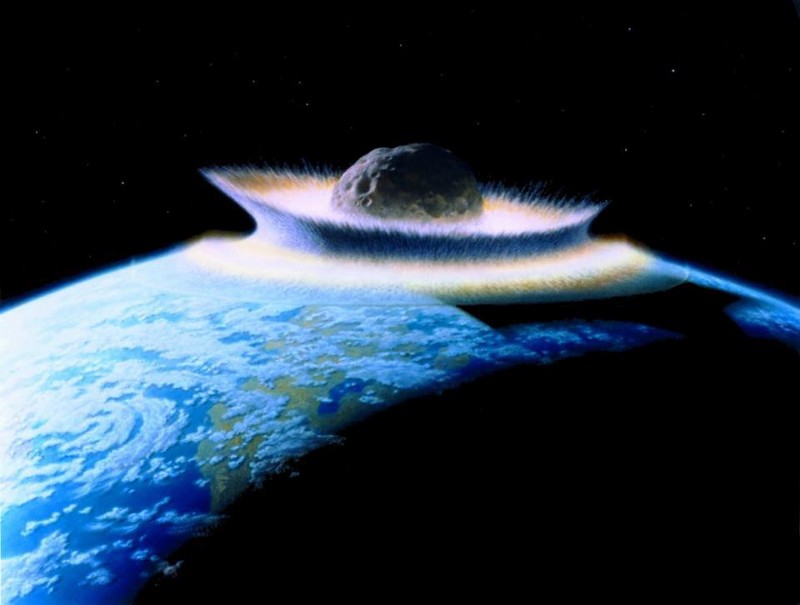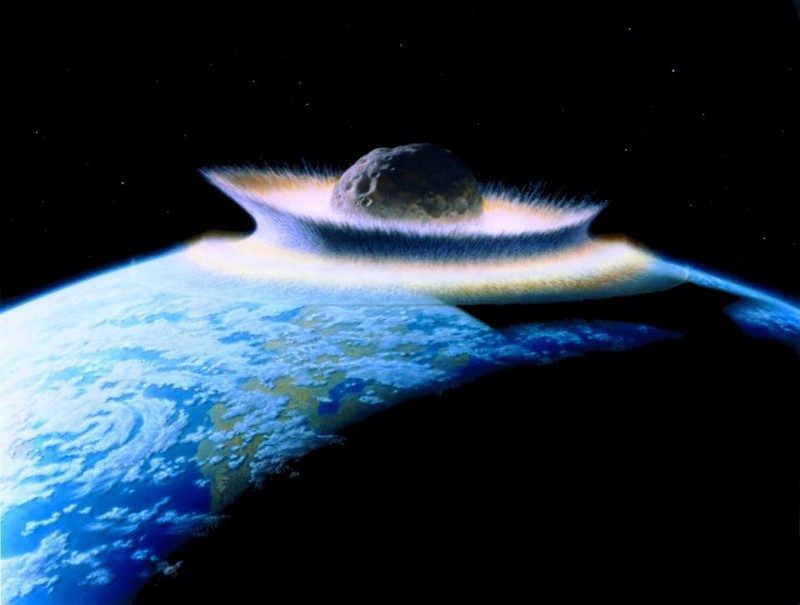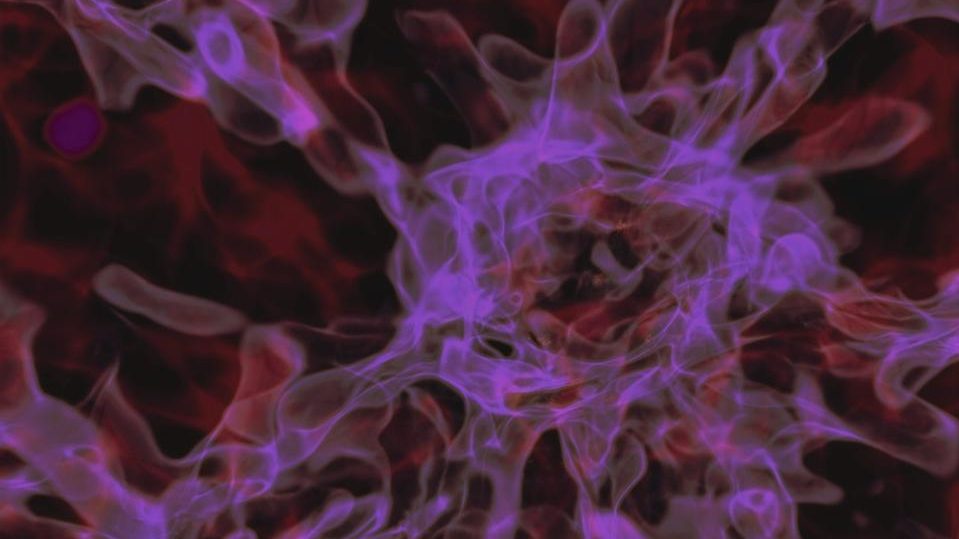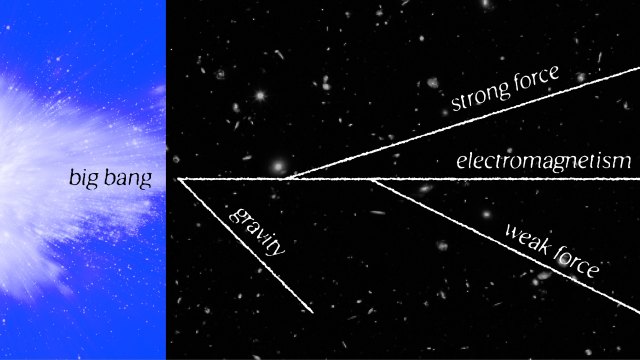Ask Ethan: Could a black hole eventually swallow Earth?
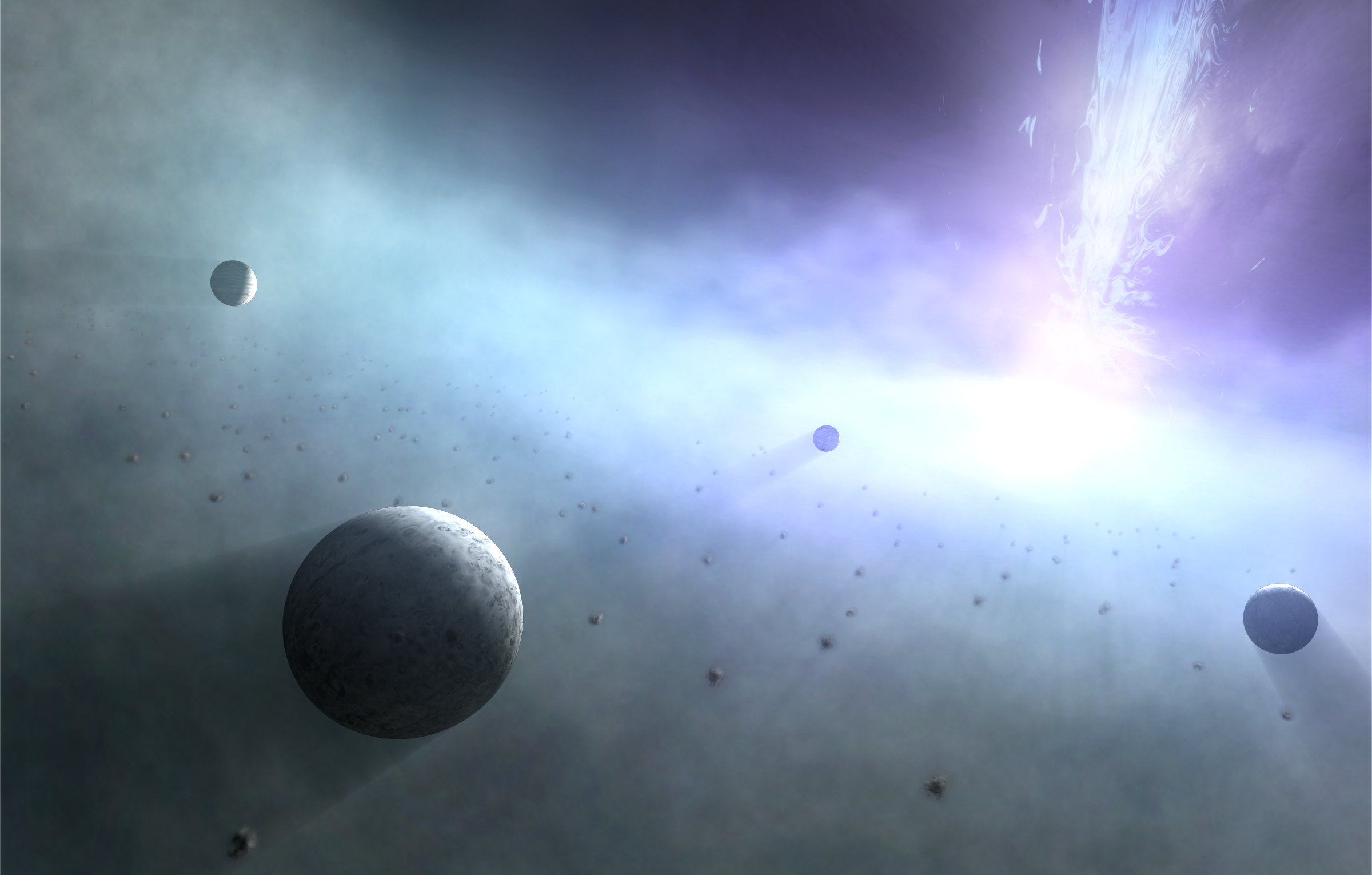
- From the perspective of any inhabited planet, the greater Universe is full of hazards: exploding stars, comets and asteroids, gamma-ray bursts, and black holes among them.
- But black holes pose a particular danger because of their invisible and indestructible nature; there is no “Armageddon”-like solution to being swallowed by a black hole.
- Although the odds of Earth getting swallowed by a black hole, or any Solar System planet, for that matter, are low, it’s definitely a real possibility.
Of all the ways that planet Earth could meet its eventual demise, death by black hole is among the most spectacular. While gamma-ray bursts, nearby supernovae, or giant collisions with asteroids or comets could easily pose a threat to all life on our planet, a black hole offers an even more grim fate: the possibility of destroying the Earth itself entirely, perhaps even swallowing it whole. While life on Earth is expected to come to an end within ~2 billion years as the Sun continues to swell, expand, and heat up, we expect the Earth itself to stick around for another 5-7 billion years, until the Sun becomes a red giant, at which point it will engulf Mercury, Venus, and possibly the Earth as well.
But there’s always the possibility that a black hole will randomly, as the stars and stellar remnants dance throughout the Milky Way, pass into our Solar System, devouring our planet in the process. Which leads to this week’s question from Andrea Hall, who wants to know:
“Can Earth or any of our other planets eventually get swallowed into a black hole? Or is it way too far out there to affect us?”
This is a challenging question, because while the black holes that we know of are too far away to swallow us anytime in the foreseeable future, we know that there are plenty of invisible lurkers out there, and those are perhaps the most dangerous ones of all.
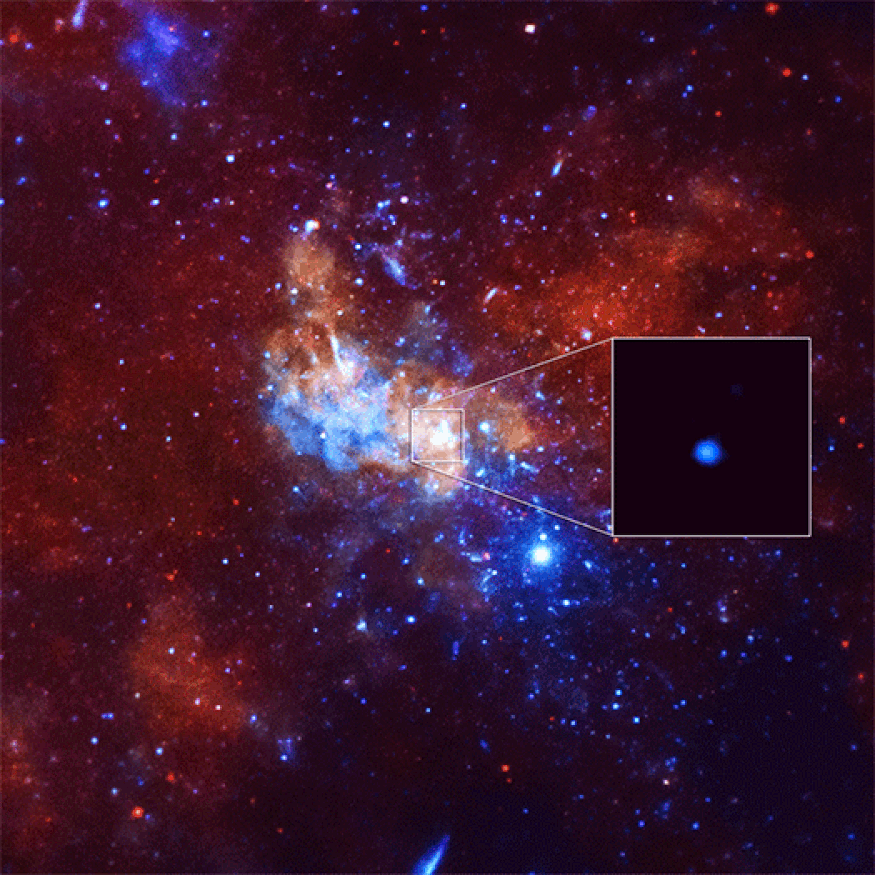
So far, there are only four main ways we know of to directly detect black holes. One is through their emissions of light, particularly X-ray light.
You might immediately object, and say, “Wait a minute, I thought the defining feature of black holes was that they’re black, as in, no light can escape from them.” And that’s true: from within their event horizons. There’s an imaginary surface you can draw around any black hole — a sphere for a non-rotating black hole and a flattened, oblate spheroid for a spinning black hole — that separates its outsides from its insides. If anything crosses over to the inside of the event horizon, it cannot escape; it must inevitably hit the central singularity, where it only adds to the black hole’s mass and energy.
But the event horizons of black holes are very small. While stars like our Sun are more than ~1 million kilometers across, and giant stars like Betelgeuse can be larger than Jupiter’s orbit around the Sun (over ~1 billion km across), black holes are the densest objects in the known Universe. A black hole of the mass of the Sun would have an event horizon of just ~3 kilometers in radius; the supermassive black hole Sagittarius A* at our galaxy’s center — the largest in the Milky Way — is about ~20 million km across. Whenever a clump of matter intersects that black hole, whether a planet, star, cloud of gas, or anything else, only a fraction of the mass gets devoured; the rest gets torn apart and accelerated, where it emits radiation we can observe.
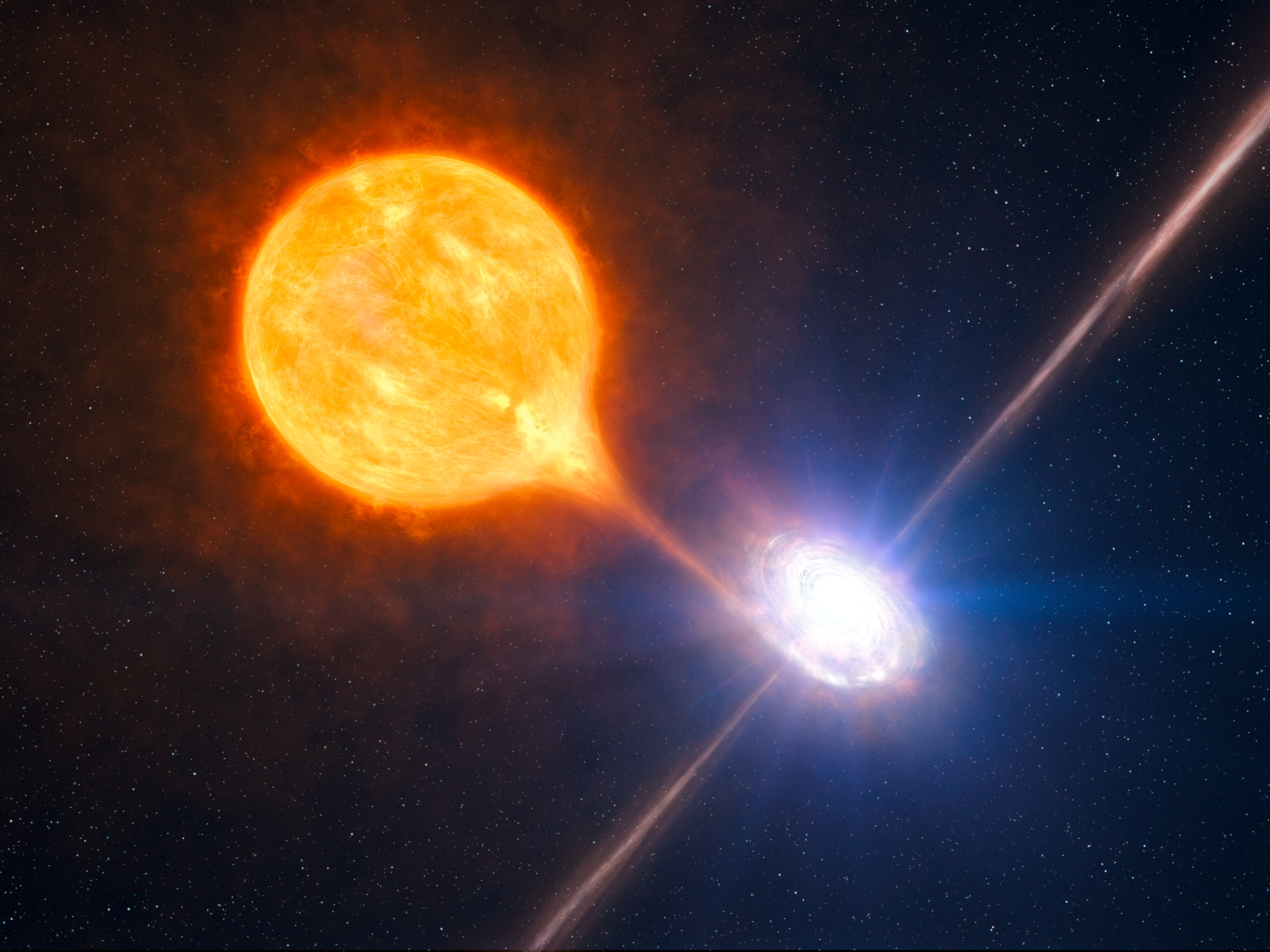
We see this around active black holes at the centers of galaxies all the time: the active ones emit spectacular streams of radiation, all thought to be caused by infalling matter. Our galaxy’s own supermassive black hole, Sagittarius A*, has been observed to flare and quiet down as matter falls into it and then is cleared away.
The same physical mechanism is at play for the far more common class of black holes: stellar mass black holes, as opposed to the supermassive variety found primarily at the centers of galaxies. When a sufficiently massive star reaches the end of its life, its core will collapse, leading to the possible creation of a black hole. Although the exact details of “how massive is massive enough” to lead to a black hole, somewhere around 1 in about 800 of all stars that ever will form are expected to get there. Based on that number, our Milky Way has somewhere around an estimated 500 million (500,000,000) black holes within it.
But about half of all stars that are born aren’t born in singlet systems like our Sun, but have companion stars. If a black hole is orbited by another star, depending on how large the star is and how close the separation between the two objects is, the black hole can siphon matter off of its companion, leading to the emission of X-rays. There are hundreds of these X-ray binaries presently known, indicating the presence of many of our galaxy’s black holes.
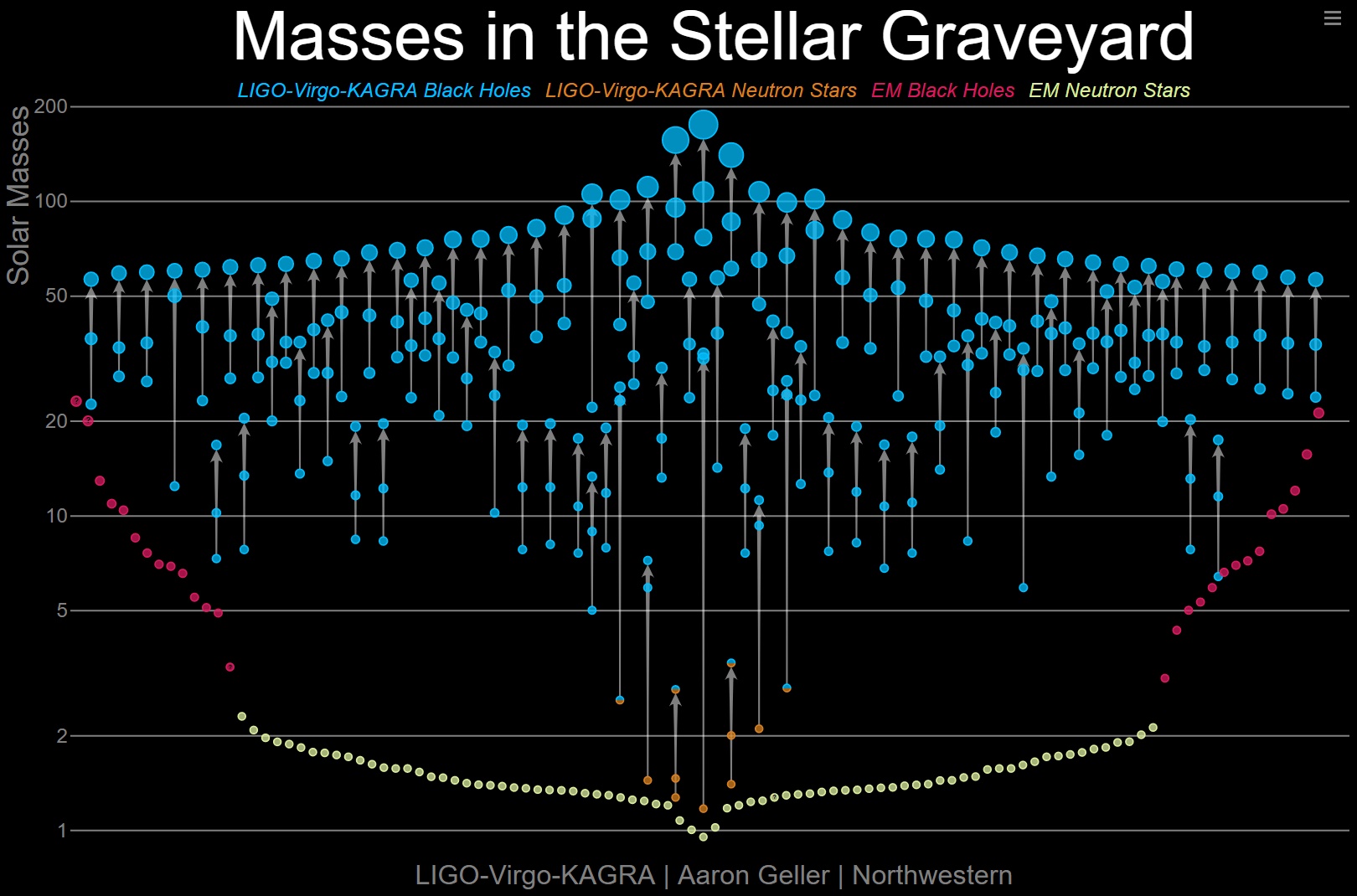
Unfortunately, this configuration doesn’t describe most black hole systems, and so cannot detect most of the Milky Way’s black holes.
The second way we can do it is by looking at the gravitational waves emitted by black holes orbited by other masses: stars, white dwarfs, neutron stars, or other black holes. These emitted gravitational waves have a specific frequency and amplitude that depends on the masses and separations of the two objects orbiting one another. Since the advanced LIGO detectors began operating in 2015, many dozens of black hole pairs have been found with this technique.
Again, unfortunately, this technique can only reveal black holes that are in the actual act of merging with other black holes with present technology. Of all the black hole pairs we’ve found with this technique, none of them are even within 100 million light-years of Earth; they’re all way outside of our Milky Way. While there’s the potential that our next-generation gravitational wave detector, the Laser Interferometer Space Antenna (LISA), will have the capability to reveal black hole binaries within our galaxy, it remains to be seen whether this population represents a substantial fraction of black holes within the Milky Way, and it’s unknown whether LISA will even be sensitive to any of them.
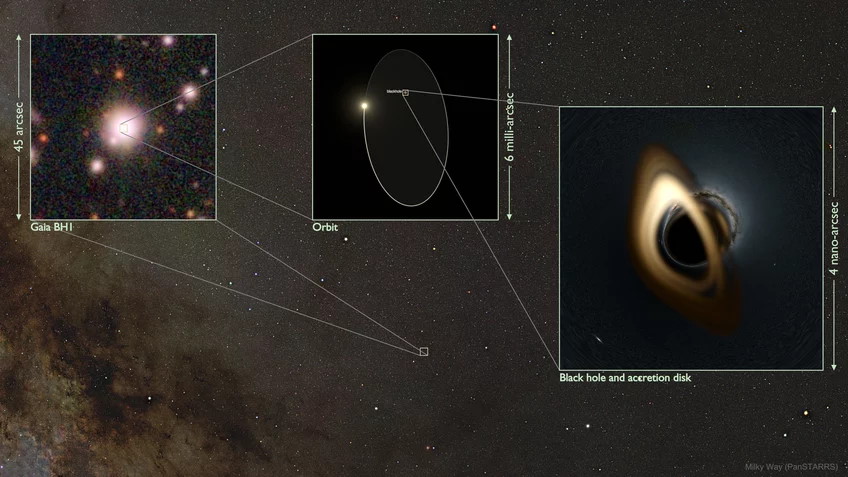
The third way to detect black holes is very new, and it’s actually the method used to detect the new record-holder for the closest known black hole to Earth: Gaia BH1. By observing an individual star very precisely over time, we were able to detect an unusual pattern to its motion. As it moved through the sky, it traced out a helix-like shape, as though it was orbiting some invisible, unseen mass. Based on the properties of the star and its observed orbit, we were able to reconstruct that there was a non-luminous object of about 5 times the mass of the Sun exerting a gravitational influence on it. There’s a known class of object that fits exactly such a description: a black hole.
A few black holes have been detected in this fashion, with Gaia BH1, at just 1560 light-years away, being the closest known black hole to Earth. But again, it’s very hard to make sensitive enough observations, particularly at large distances, to detect these tiny perturbations to a star’s motion. While upcoming observatories like NASA’s next upcoming astrophysics flagship mission, the Nancy Roman Telescope, will likely reveal even closer and more numerous black holes than Gaia BH1, we’ll have to wait several years before we have access to that kind of data.
But the fourth method for detecting black holes, even though it’s been the least successful method so far, is the only one that has a hope of revealing most of the black holes we have yet to find: gravitational microlensing.
Consider this: not all stars or black holes are in binary systems, and only a fraction of the ones that are have these black holes orbiting close enough to emit any signal detectable with current technology. But every black hole, and in fact every mass in the Universe, exerts a gravitational influence on the fabric of space itself, causing space to curve wherever it happens to be.
As the planets, stars, and black holes in our Milky Way move relative to one another over time, there will eventually be an alignment between:
- any telescope or observatory in our Solar System,
- any black hole that’s out there,
- and a background source of light, like a more distant star or galaxy.
When this occurs, the background light source will appear to brighten and distort due to the effects of curved spacetime — a phenomenon known as gravitational lensing or, for these little point masses, gravitational microlensing — enabling us to reconstruct the properties of even invisible foreground masses, like black holes.

Assuming that black holes are randomly distributed throughout the galaxy and that there really are a few hundred million of them present, this likely means that the closest black hole to Earth is only around ~40-80 light-years away. That’s a very, very different thing to consider from the closest black hole being over 1000 light-years away.
All of a sudden, you might not feel so safe!
And indeed, we aren’t necessarily safe. If a black hole contacts the Earth, of course it will swallow us. But we don’t need to be swallowed in order to suffer catastrophic consequences. If a black hole simply passes very close by the Earth, it would cause what’s known as a tidal disruption event: an event where the black hole’s gravitational influence on the “closer side” of Earth is so much stronger than on the “farther side” of Earth that it actually begins ripping our planet apart. Similarly, the “top side” of Earth would be pulled down, relative to the center, while the “bottom side” gets pulled upward. In short order, the gravitational and atomic bonds holding Earth together can be shattered, transforming our planet from a solid sphere into a thin, stretched debris stream that looks like a piece of spaghetti. In fact, astronomers have named this exact process “spaghettification” because of the stretching effects that black holes have.

As gruesome as that fate is, that would still require a black hole to pass very close to Earth: so close that it’s highly unlikely to ever occur. What’s more likely to occur, however, is that one of these rogue black holes will pass somewhere within the vicinity of our Solar System, where it behaves just like any other mass: tugging on the Sun and all of the planets in a fashion that gets stronger the closer the black hole gets. If a typical black hole passed within the orbit of Saturn or Jupiter, it could perturb the orbit of the Earth around the Sun in such a significant fashion that we’d either get hurled into the Sun or ejected from the Solar System completely. That would certainly be a catastrophe for humans!
Fortunately, however, we don’t have to be frightened by these possibilities. Instead, we can quantify, based on our understanding of physics and how abundant black holes are expected to be within our Universe, the probability of such an event affecting our planet. These three possibilities:
- of a black hole swallowing Earth,
- of a black hole spaghettifying Earth,
- or of a black hole ruining our stable, life-friendly orbit around the Sun,
can all be quantified.
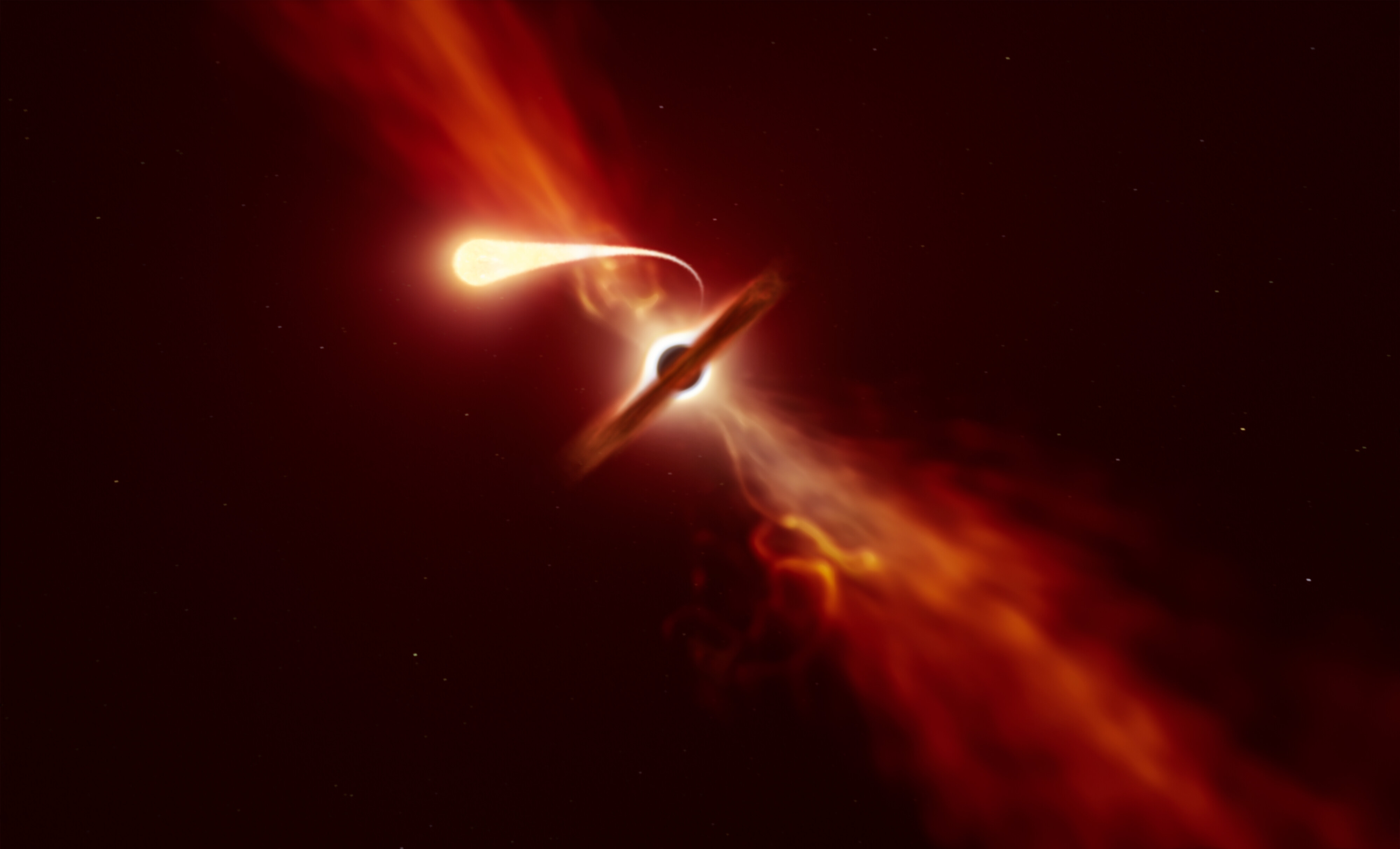
In order to actually swallow the Earth, a black hole would have to get very close to our planet: close enough that — when you factor in how Earth would accelerate due to gravitational attraction — there would be actual, physical contact between the Earth and the black hole. Given how many black holes we expect are out there and how long our Solar System has been around, that’s only about a ~0.000000001% chance, or 1-in-100 billion, that any planet would encounter a black hole over the past 4.5 billion years.
If you only want to tidally disrupt the Earth, you can be about 100 times as distant and still do it, because a black hole’s gravity (and the tidal forces that arise because of its effects) is just that intense. That increases the odds by a factor of 10,000, to a ~0.00001% chance, or 1-in-10,000,000 (ten million), over the Solar System’s history. That’s still small, but it’s still unsettling: it’s more likely than you winning the jackpot on a powerball lottery ticket.
But if all you want to do is disrupt Earth’s orbit due to the gravitational influence of the black hole, that’s a different story. If a black hole comes within about the distance of Jupiter or Saturn, that would be enough to do it, and there’s a ~0.01% chance of that happening over our Solar System’s history, or about 1-in-10,000. Given that there are 400 billion stars in the Milky Way, this has probably happened to several million planets over our cosmic history in our galaxy alone.
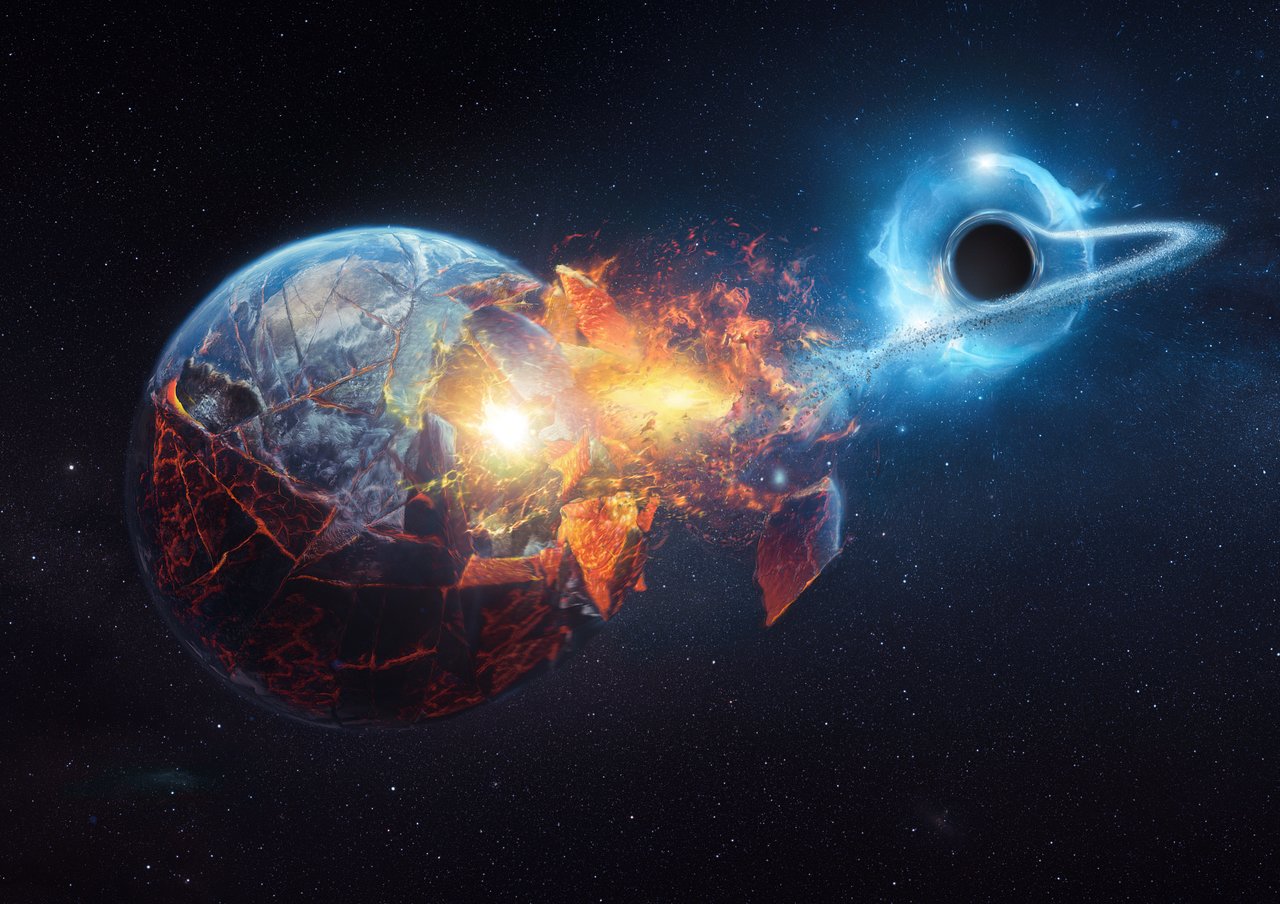
It’s important to remember that, in many ways, our own planet and Solar System are like getting a single ticket in the great cosmic lottery. There are plenty of extremely unlikely events that, given enough chances, are likely to occur somewhere in the Universe. With an estimated few sextillion (~1021) stars in the observable Universe and many billions of years of their existence, even unlikely events will happen sometimes.
While we normally think about this optimistically, where planets with the right ingredients and conditions can develop life, complex life, intelligent life, and even technologically advanced life, it also works the other way: pessimistically. Planets can get ejected, torn apart, or even swallowed whole by all the other objects out there in the Universe: stars, stellar corpses, and even black holes. The one piece of good news about all of it is that the odds of any particular catastrophe happening, even over the timescale of several billion years, is very low for any one system. But with enough chances in the Universe, it’s practically guaranteed that even the most remarkable of these events have happened somewhere, at some point, within our visible Universe. The quest to discover them all will likely be a neverending enterprise.
Send in your Ask Ethan questions to startswithabang at gmail dot com!

